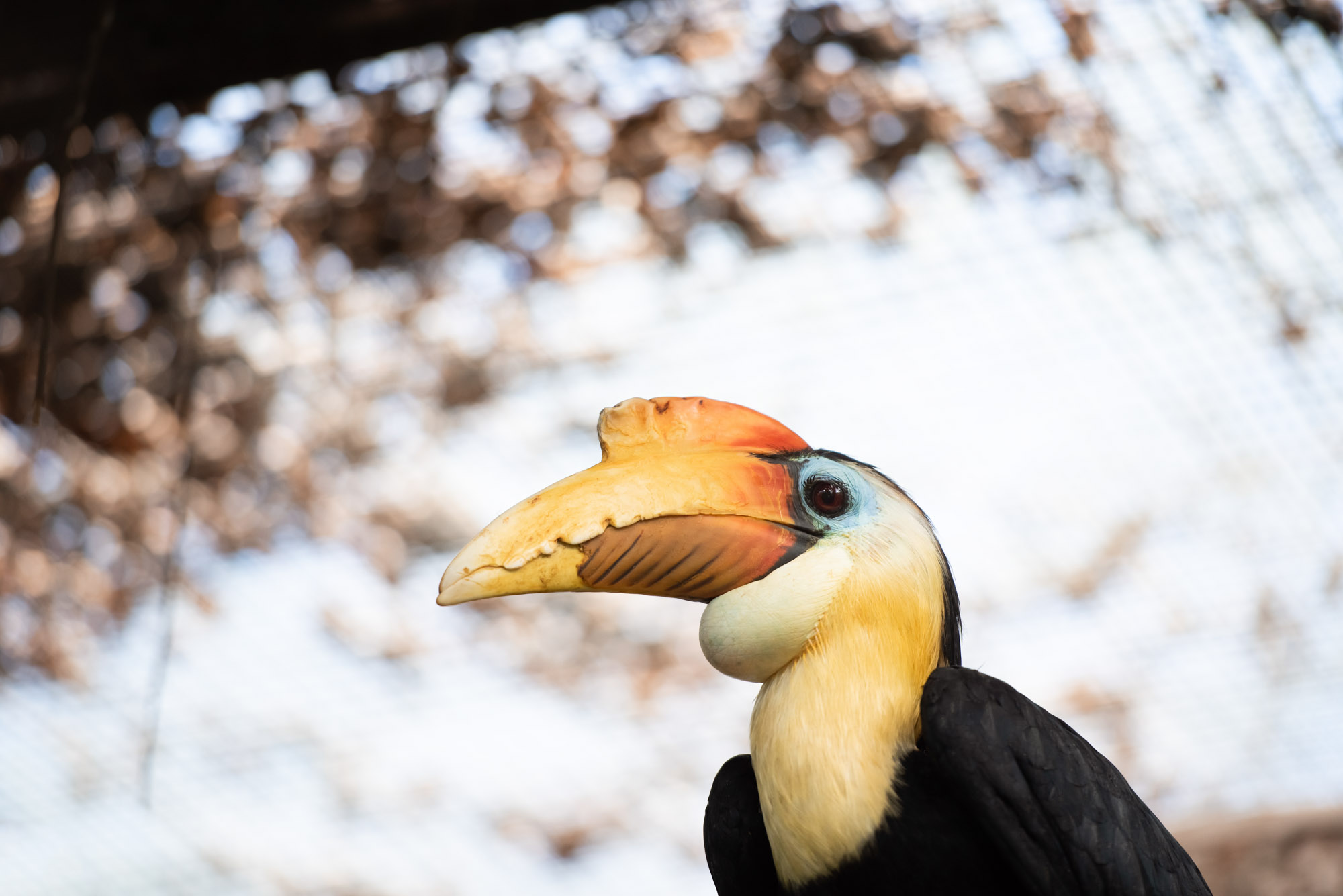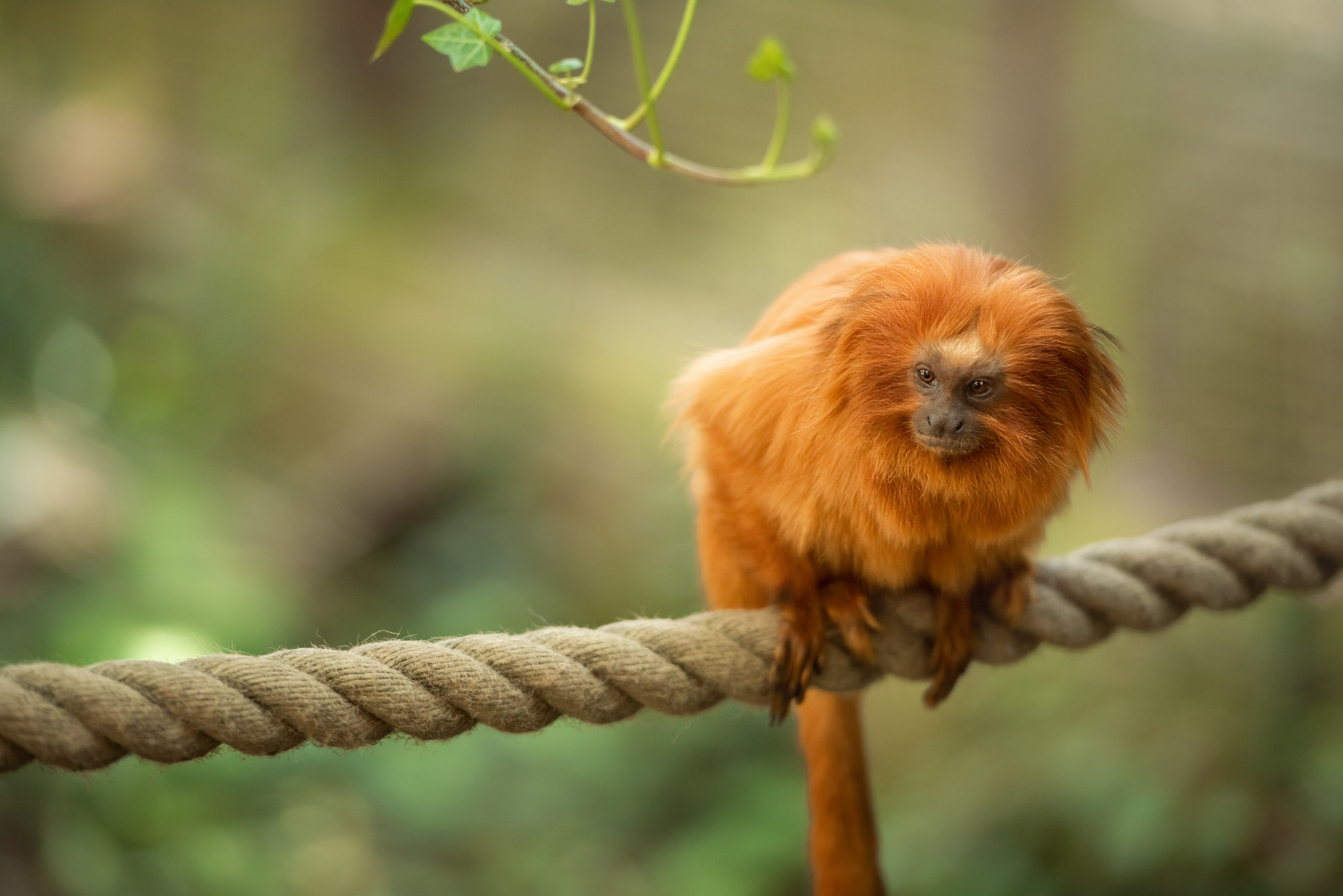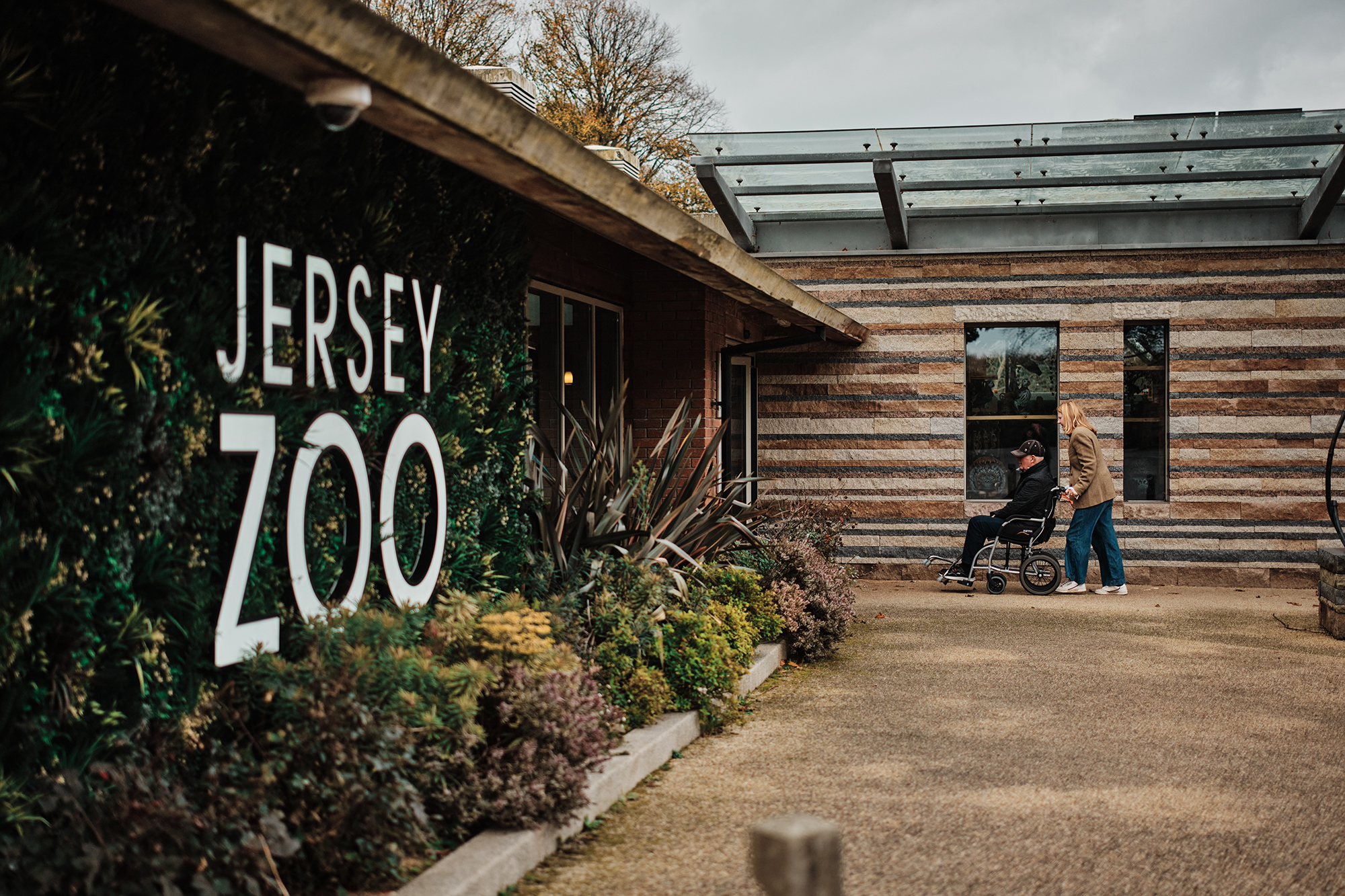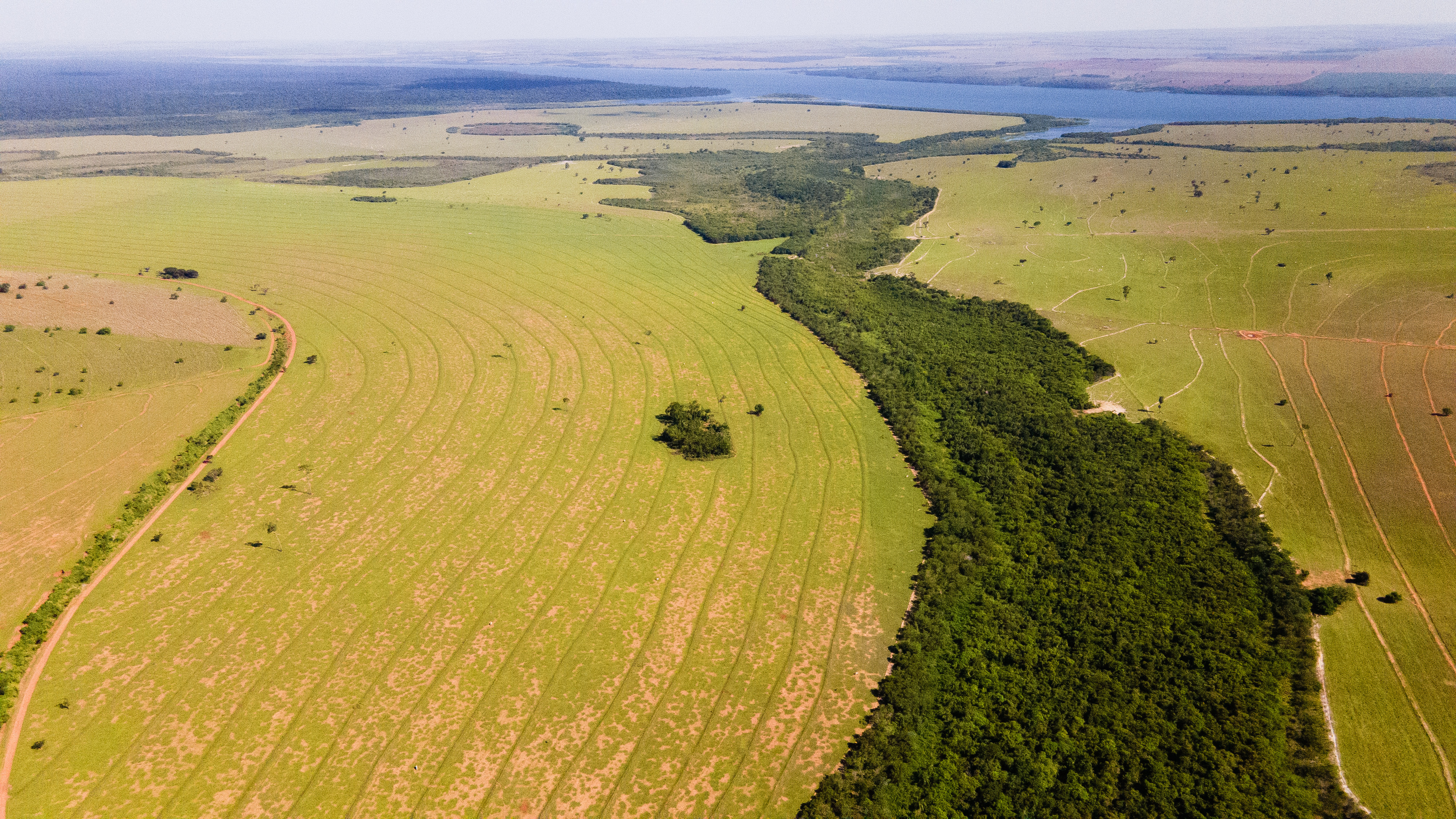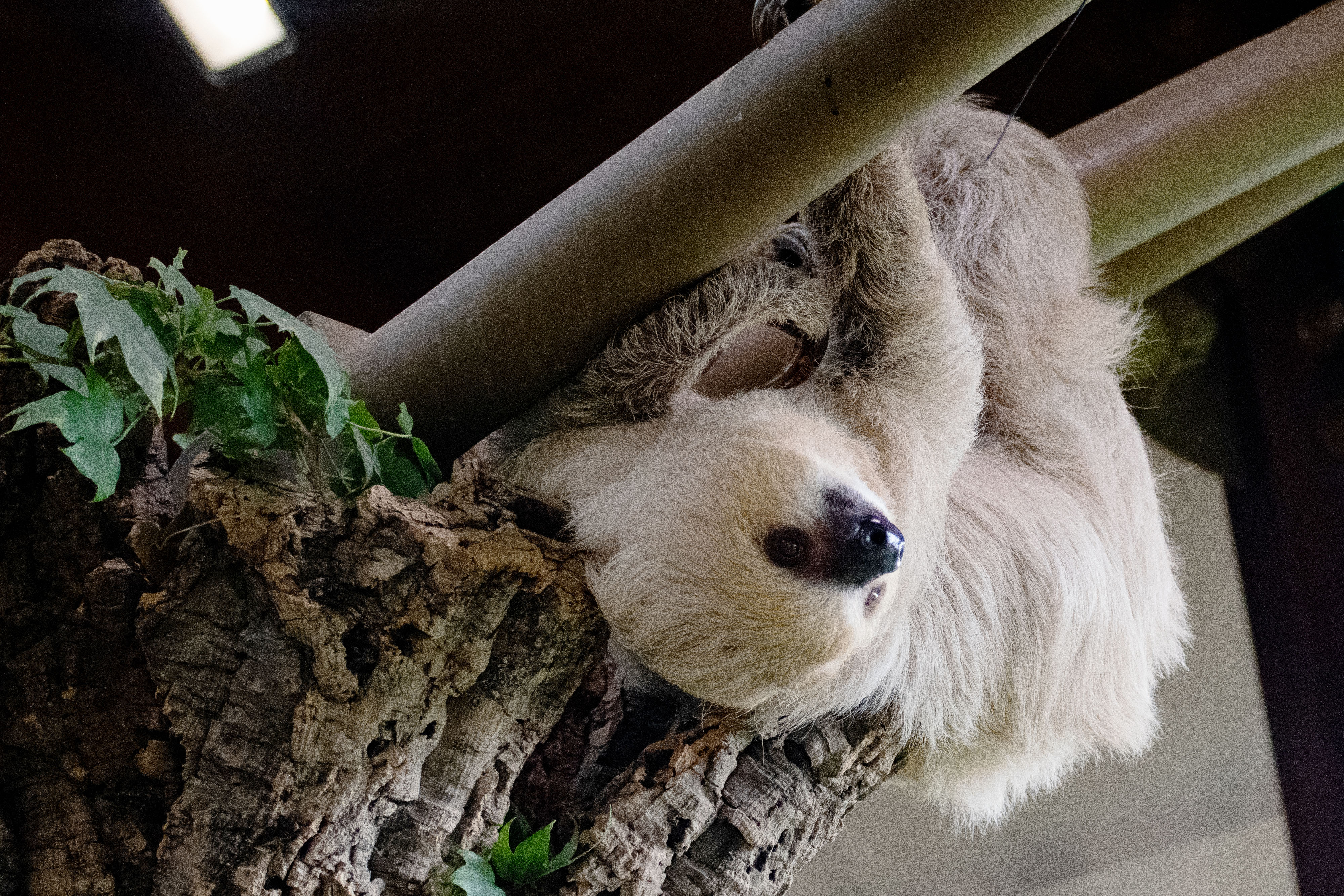Madagascar teams gather in Baly Bay for fire management training. Report by Robin Johnson, Head of Programmes for Madagascar.
Late last year, colleagues from Durrell’s team across Madagascar along with staff from Madagascar National Parks gathered in Baly Bay National Park to attend a five-day fire management training workshop. The workshop provided a great opportunity to share learnings, skills and experiences, and to develop fire management plans for all Durrell sites across the country.
Fire is a major conservation threat in Madagascar, with fires having had a significant impact in the country during 2024. This includes in Baly Bay National Park, an area Durrell has worked in for a number of years, where in October, a wildfire sadly burned through 17,000ha of land. This equates to around half the national park’s area and is probably the largest fire in its history.
Over the last three years, Durrell staff in Menabe and Ambondrobe have benefitted from fire management training from the US Forest Service, provided under the Fitantanana maharitra ho lovainjafy (FMH) project funded by DEFRA's Biodiverse Landscapes Fund. As a result, the teams there, together with local community members, have improved fire management in those sites.
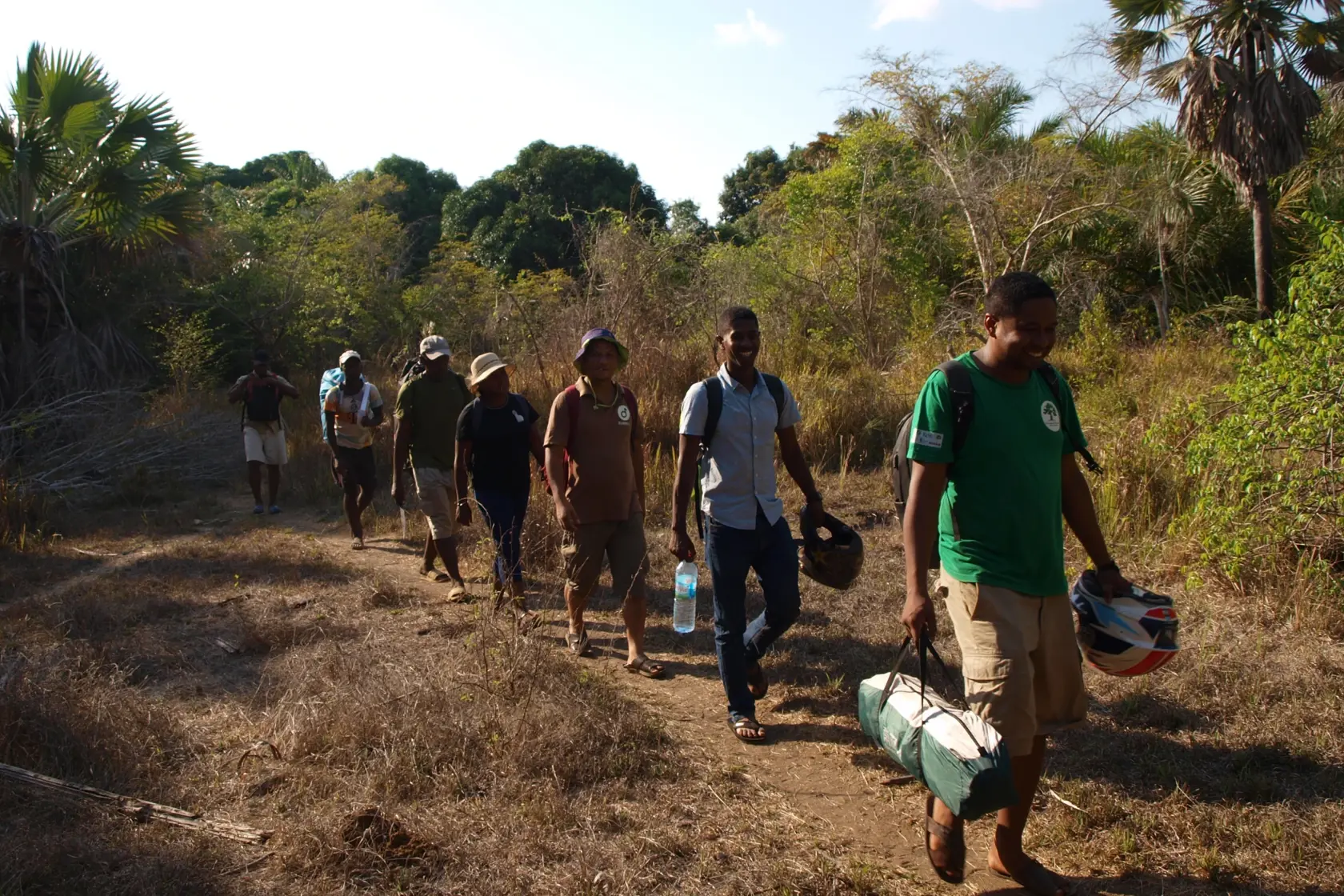
For the workshop, we arrived at Baly Bay from Mahajanga, where we met community patrollers to discuss fires in the protected area, and their direct experiences in managing and fighting them.
We then visited some of the area affected by the fire in October, hearing from the Baly Bay team how it had spread and changed course along with the wind direction. It was only thanks to a month-long heroic effort by the Durrell team and community patrollers, working closely with Madagascar National Parks, that the fire was stopped just short of the forest block, where much of the wild Angonoka (also known as ploughshare) tortoise population is under Durrell's care.
Guard huts, built by Durrell this year to improve fire management and species protection, were also saved by the team’s efforts, which included a back fire, where they created a controlled burn towards the advancing blaze, to deprive it of fuel.
The participants of the workshop saw first-hand how the park's main habitat types were affected. In the savannah, grasses were already regrowing and the tall Satrana palm trees sported unburnt green fronds. The other two habitat types, which are home to Angonoka tortoises, were not faring as well; bamboo thickets were burnt in place, still providing cover but needing longer to regenerate and the dry forest was the worst affected, resembling spindly standing charcoal. This will take the longest to recover.
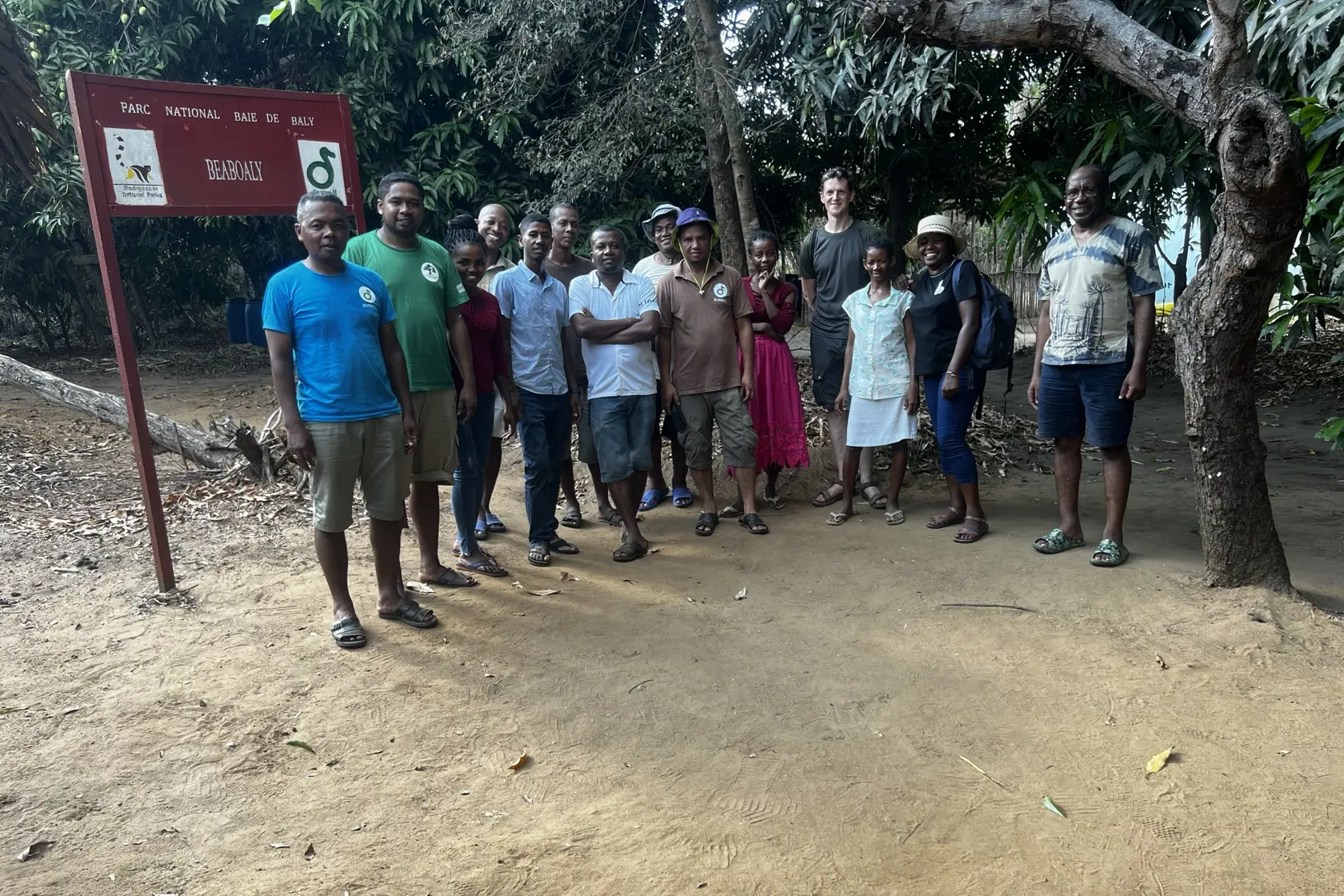
During the rest of the week, the team learned the basics of fire behaviour and best practices for its management. We then developed draft action plans, detailing activities to be taken before, during and after fires, whilst drawing on our intimate knowledge of each of the sites.
At the end of the session, all teams presented their plans and exchanged feedback, sharing experience from the different environments in which they work.
This article was originally printed in the Jersey Evening Post on Friday 7 February.

